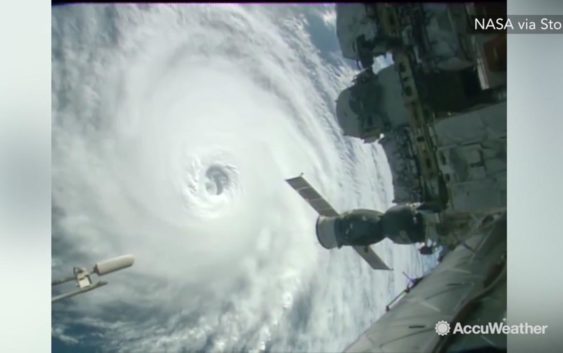- Before and after: See Dubai flooding from space
- No evidence of a tornado in Rock Hill, investigation determines
- Marking 15 years since 19,000 acre wildfire destroyed dozens of homes in Horry County
- 'I am so sorry, but we will do it again' Donald Trump calls off Wilmington rally due to severe weather
- Donald Trump forced to call off Wilmington rally due to severe weather
Hurricanes, tropical storms and tropical depressions: The life cycle of a tropical system

We’ve heard of tropical storms and tropical depressions, but what do these names mean? And when does a storm become a hurricane?
We start with a tropical depression, a low-pressure area in the center of a group of thunderstorms. From a satellite, it doesn’t look very organized, but it does have some rotation. Depressions are numbered by the National Hurricane Center. For example, TD8 was the eighth tropical depression to form this season.
Once the depression sustains wind over 39 MPH, we call it a tropical storm. At this stage we are already seeing problematic weather, usually heavy rains. If this storm develops strong rotation, and the wind speeds exceed 74 MPH, we have a hurricane. These are much easier to recognize because of their distinctive shape and the dark eye in the center. Hurricanes are classified as Category 1 to 5, based on intensity. They can last for weeks, but they tend to lose power once they hit land, getting downgraded to a tropical storm again and then back to a tropical depression.
Instead of numbers, hurricanes get names, which are selected from a pre-determined list that gets recycled every six years.